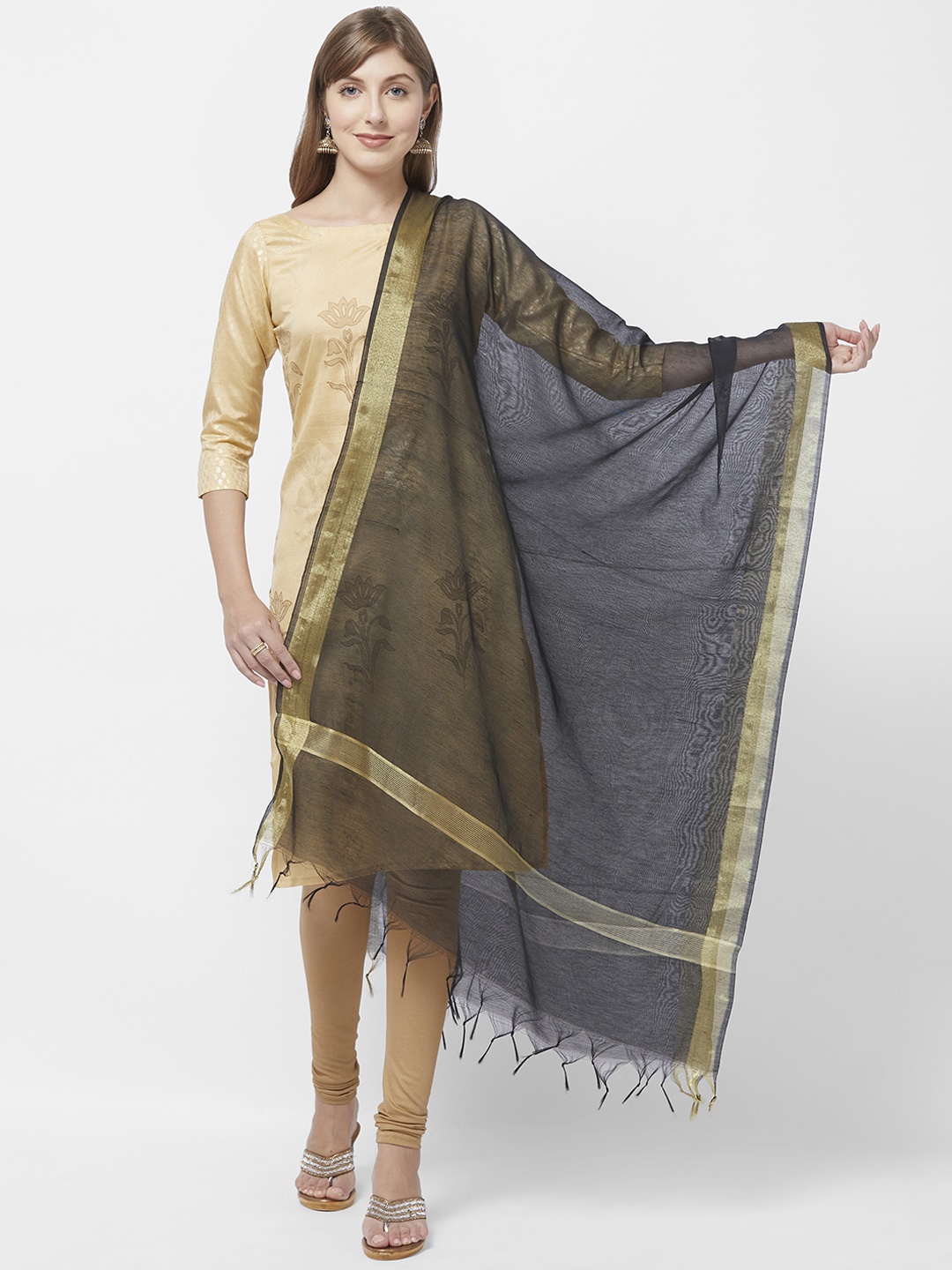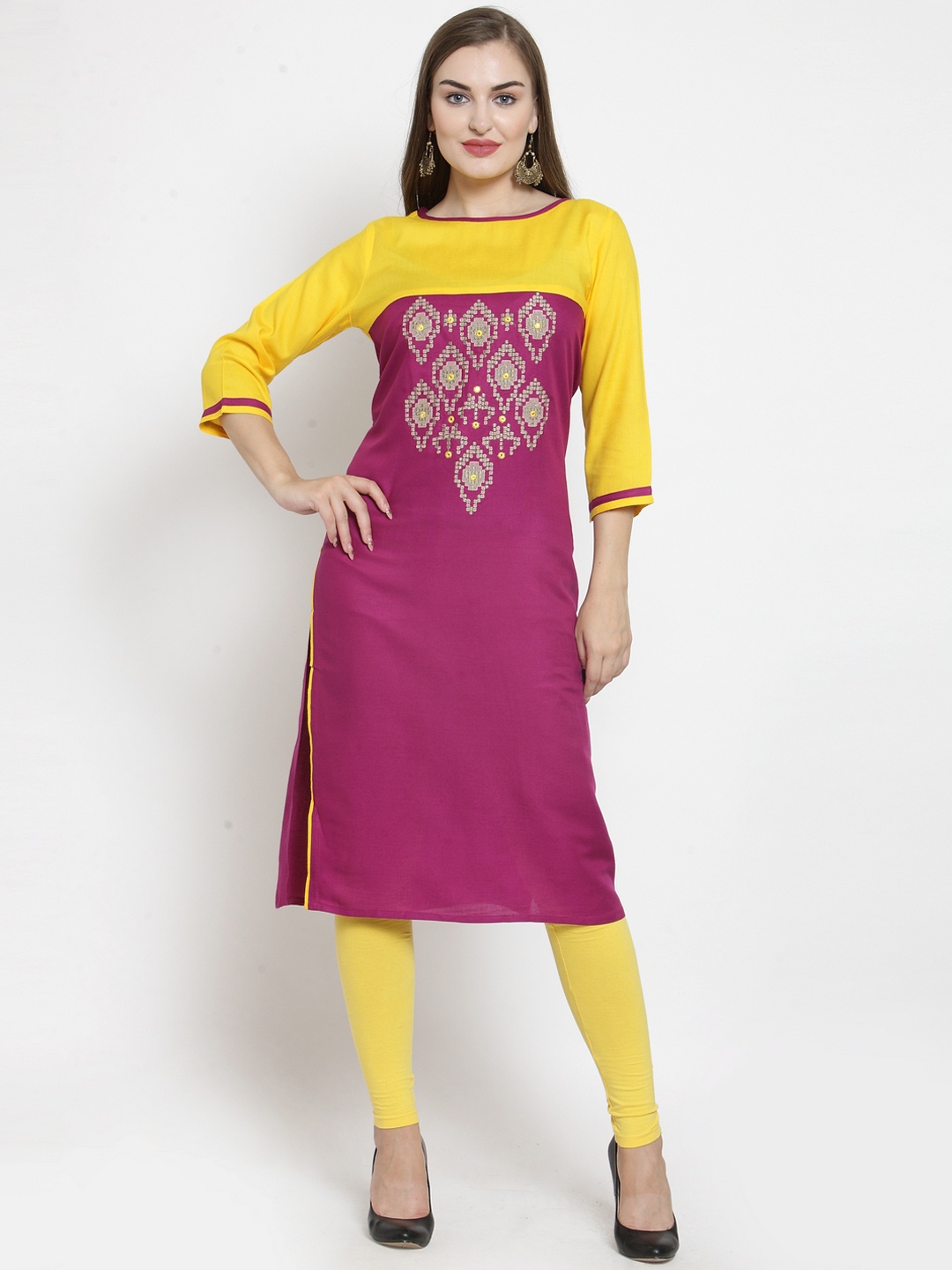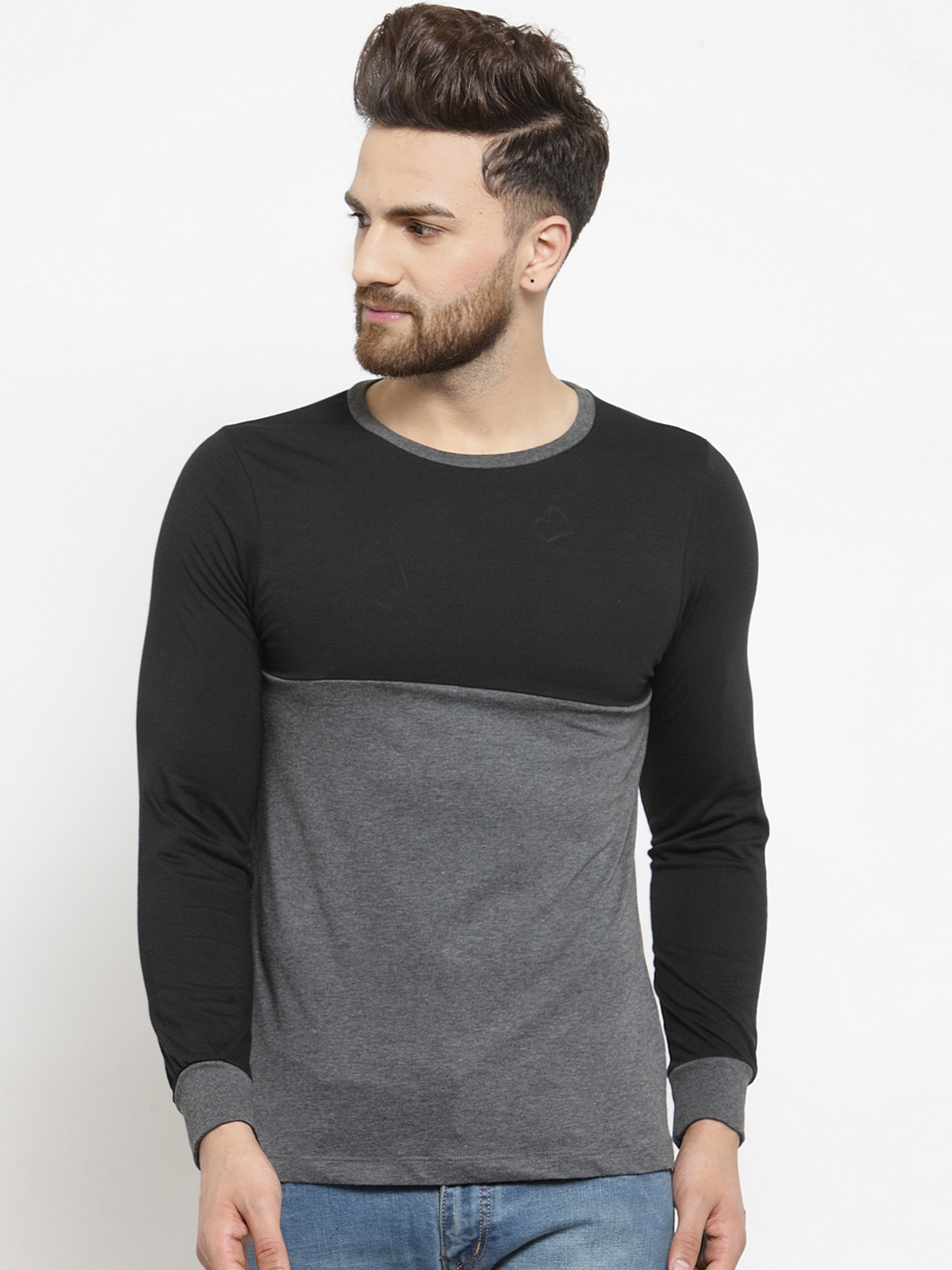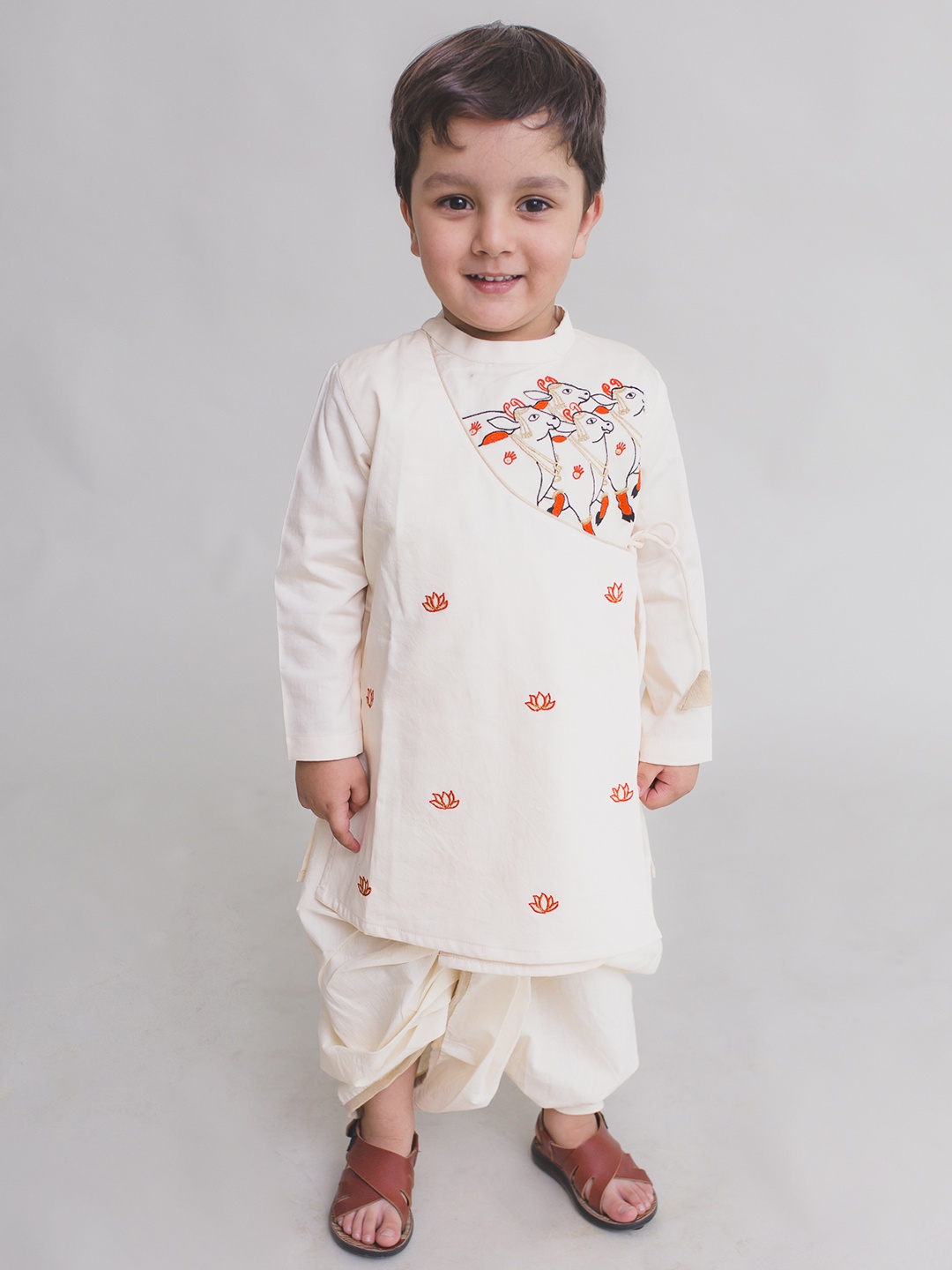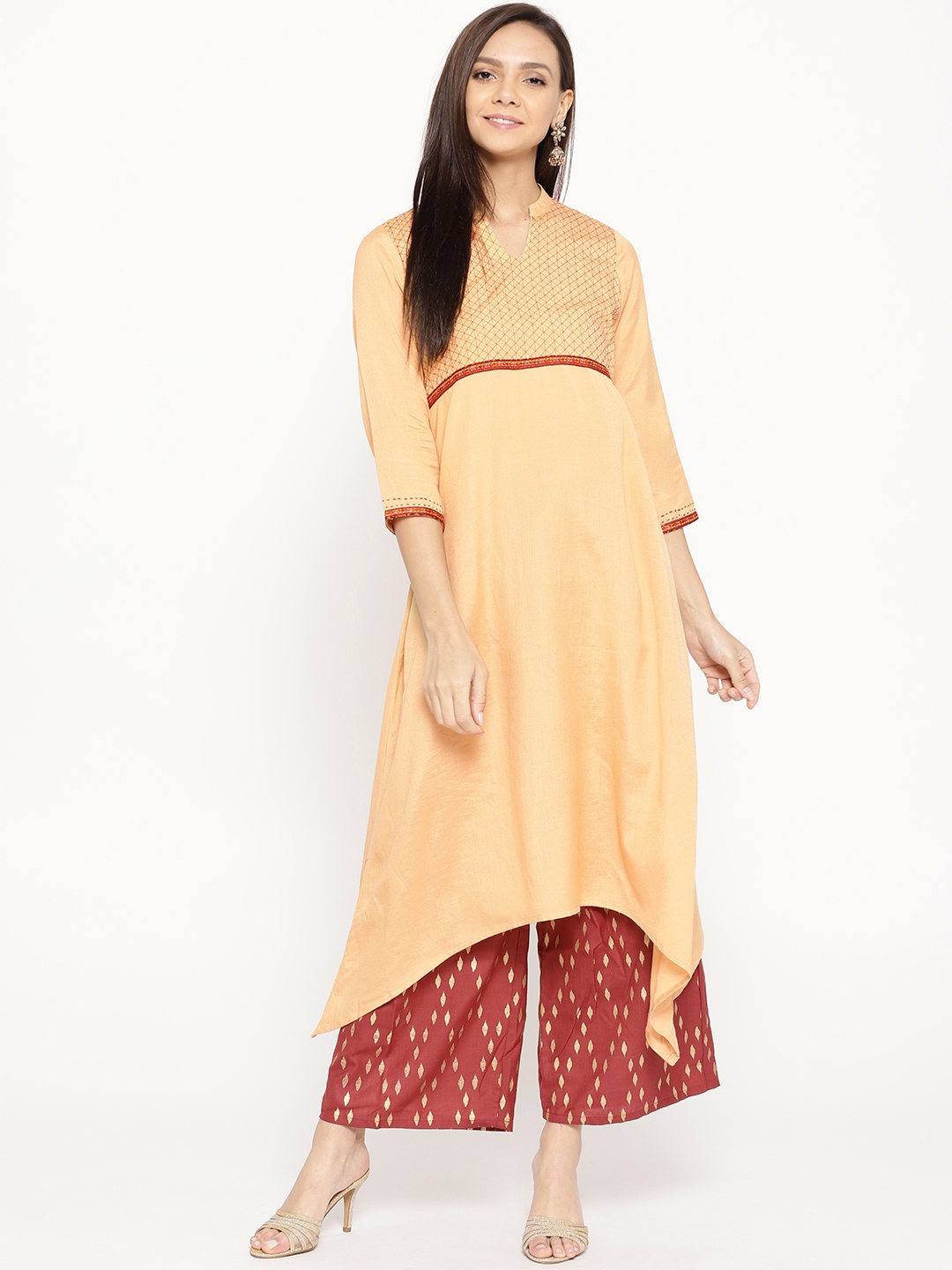National Handloom Day 2025: Top 5 Handloom Sarees Worth Adding To Your Wardrobe
Celebrate National Handloom Day 2025 with 5 handloom sarees from across India. Each style connects tradition with everyday elegance and local craftsmanship.

National Handloom Day 2025: Explore 5 Traditional Saree Styles That Celebrate Indias Craftsmanship
Have you ever seen your mother or grandmother take out a saree wrapped in an old cotton cloth? That moment holds more than just a garment; it holds memory, pride, and culture. Every year, National Handloom Day is celebrated on 7th August. This day serves as a reminder to connect with the stories woven into these weaves. Sarees from different states carry their traditions. And now, you can wear one of these five handloom styles, each telling its own story. Whether you're dressing up for a family event or adding to your festive wardrobe, it's time to bring back the classics in style. Here's why upgrading your wardrobe with these handloom sarees makes sense: it supports local artisans, keeps tradition alive, and offers unique textures.

National Handloom Day 2025: What's the Story Behind Your Favourite Handloom Saree?; Photo Credit: Pinterest
These sarees aren't just clothing; they carry history. Each weave has travelled through time. Let's take a look at 5 popular handloom sarees that represent India's regional textile legacy. From West Bengal to Gujarat, every pick comes with a background and meaning
Also Read: Saree Shopping Sorted: 5 Gorgeous Picks You Don't Want To Miss This Ethnic Week
Handloom Sarees That Tell A Story Through Every Thread
1. Chanderi Saree From Madhya Pradesh
Can you feel the rustle of a Chanderi as you walk into a family gathering? Known for its lightness and shine, this saree is worn at weddings and festivals. Crafted by artisans in Madhya Pradesh, it's woven with cotton and silk, making it comfortable for long hours.
2. Jamdani Saree From West Bengal
Have you seen a saree that feels like a poem? The Jamdani is just that. Woven on handlooms with extra weft technique, the motifs almost float on the surface. These sarees take days to make, giving you something that no machine can produce.
3. Mekhela Chadar From Assam
Have you tried draping something that isn't a typical saree? The Mekhela Chadar is a two-piece garment that's traditional in Assam. It's a blend of comfort and culture, made from cotton or silk. Worn during Bihu and weddings, it carries a story of Assam's handloom strength.
4. Patola Saree From Gujarat
Ever seen a saree that's woven in pairs by two weavers at once? That's a Patola. It's made using double ikat and takes months to finish. The bright geometric patterns make it stand out at weddings. If you want something traditional but bold, Patola fits in perfectly.
5. Kasavu Saree From Kerala
Do you prefer something subtle but meaningful for festivals? Balarampuram sarees from Kerala are mostly cream-coloured with golden borders. They're worn during Onam and traditional functions. Made from cotton, these sarees are known for their breathability in humid weather.
Every thread tells a story. Choosing a handloom saree this National Handloom Day is not just about wearing something ethnic, it's about supporting the hands that keep India's craft alive. Whether you pick a Mekhela from Assam or a Jamdani from Bengal, you're connecting with a deeper purpose. These five sarees give you variety, value, and culture. So upgrade your collection, wear tradition, and carry it forward. Shop now on Myntra.
Frequently Asked Questions (FAQs)
1. What is National Handloom Day about?
National Handloom Day is celebrated every year to honour handloom weavers and promote the importance of traditional textile crafts across India.
2. How are handloom sarees different from machine-made ones?
Handloom sarees are woven by hand, making each piece unique. They often use natural fibres and traditional techniques not found in mass production.
3. Are handloom sarees worth the cost?
Yes, because they are durable, eco-friendly, and support local craftspeople. You're paying for skill, not just fabric.
4. Can I wear a handloom saree to the office?
Yes. Lighter handloom sarees like Chanderi or Jamdani are great for office wear due to their comfort and look.
5. Do these sarees come in modern designs?
Yes, many handloom sarees now feature minimalistic or contemporary patterns while keeping the weaving process intact.








